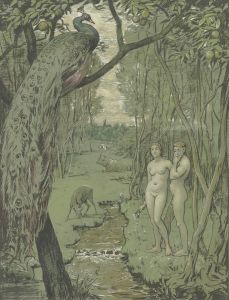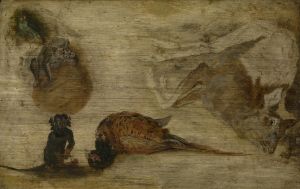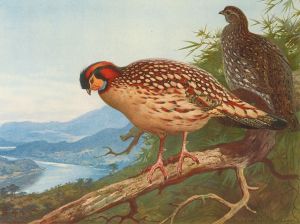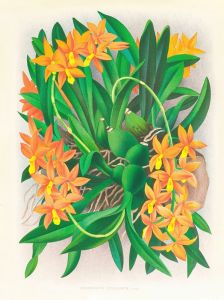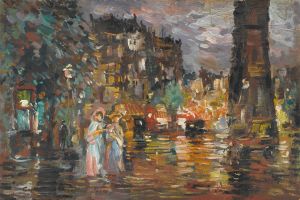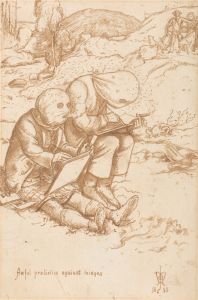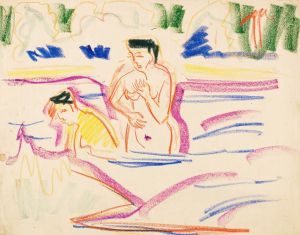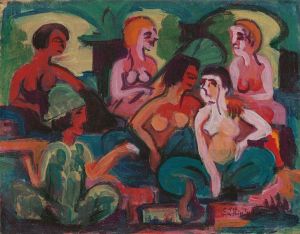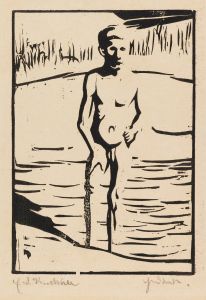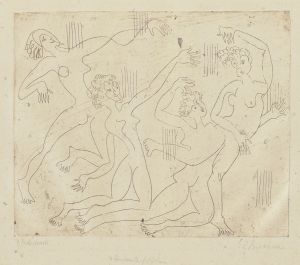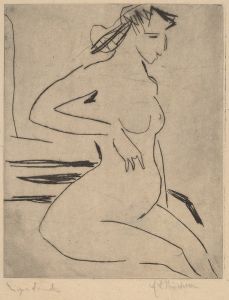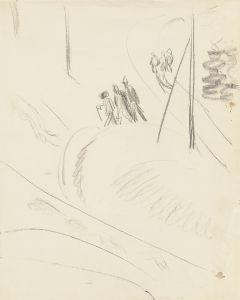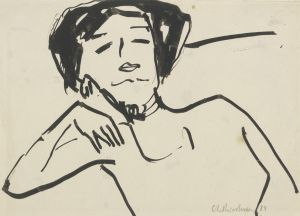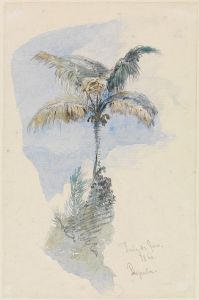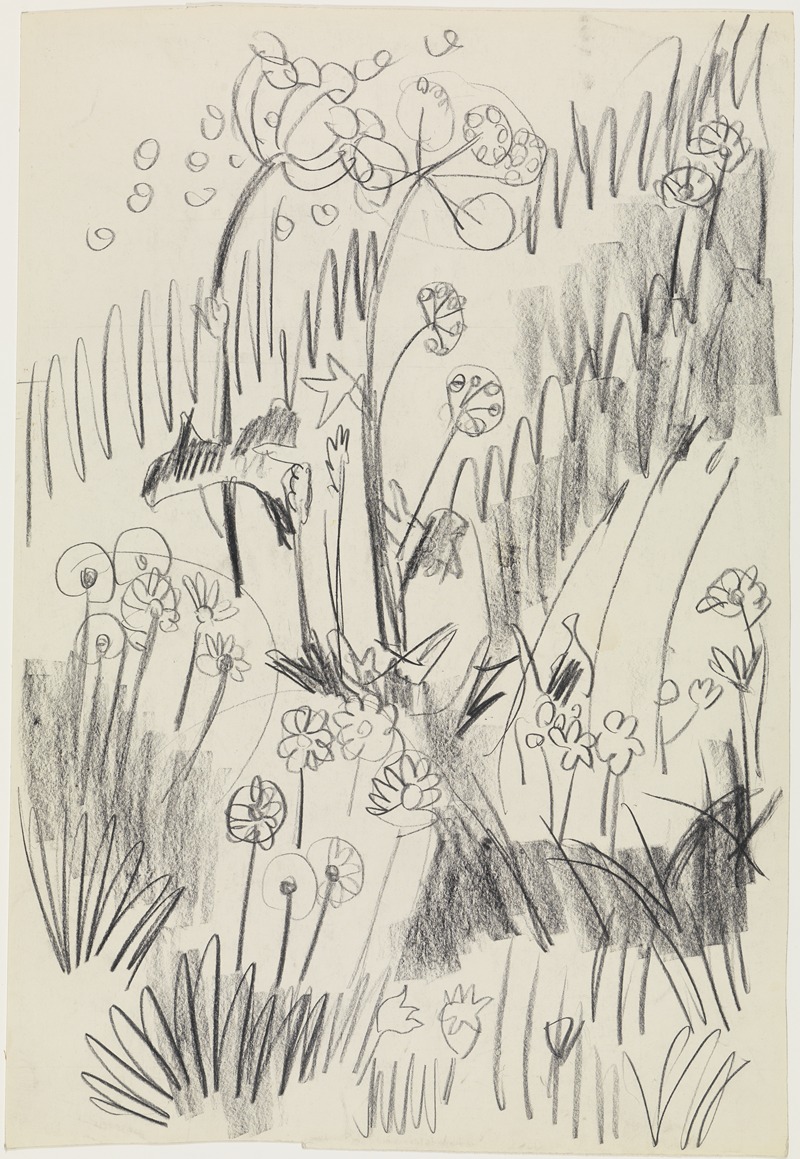
Blumenwiese
A hand-painted replica of Ernst Ludwig Kirchner’s masterpiece Blumenwiese, meticulously crafted by professional artists to capture the true essence of the original. Each piece is created with museum-quality canvas and rare mineral pigments, carefully painted by experienced artists with delicate brushstrokes and rich, layered colors to perfectly recreate the texture of the original artwork. Unlike machine-printed reproductions, this hand-painted version brings the painting to life, infused with the artist’s emotions and skill in every stroke. Whether for personal collection or home decoration, it instantly elevates the artistic atmosphere of any space.
Ernst Ludwig Kirchner was a prominent German expressionist painter and one of the founding members of the influential art group Die Brücke (The Bridge), which played a crucial role in the development of modern art in the early 20th century. Kirchner's work is characterized by its bold use of color, dynamic compositions, and emotional intensity. Among his many works, "Blumenwiese" is a notable piece that reflects his unique style and artistic vision.
"Blumenwiese," which translates to "Flower Meadow" in English, is a painting that exemplifies Kirchner's fascination with nature and his ability to convey its vibrancy and energy through his art. The painting is a vivid depiction of a meadow filled with an array of colorful flowers, rendered in Kirchner's signature expressionist style. The use of exaggerated colors and forms is typical of Kirchner's work, aiming to evoke an emotional response from the viewer rather than a realistic representation of the scene.
Kirchner's approach to painting was heavily influenced by his desire to break away from traditional artistic conventions. He sought to capture the essence of his subjects through a more subjective lens, often distorting forms and using non-naturalistic colors to convey mood and emotion. In "Blumenwiese," this approach is evident in the way the flowers and landscape are depicted with bold, sweeping brushstrokes and a vibrant palette that brings the scene to life.
The painting reflects Kirchner's interest in the natural world, a theme that recurs throughout his oeuvre. Nature served as a source of inspiration and solace for Kirchner, particularly during times of personal and professional turmoil. His depictions of landscapes and natural scenes often carry an underlying sense of movement and vitality, suggesting a deep connection between the artist and his environment.
"Blumenwiese" is also indicative of Kirchner's broader artistic goals, which were aligned with the objectives of Die Brücke. The group sought to create a new form of art that bridged the gap between the past and the future, drawing on influences from various artistic movements while forging a path toward modernism. Kirchner and his contemporaries were particularly interested in exploring the expressive potential of color and form, as well as the emotional impact of their work on the viewer.
Throughout his career, Kirchner faced numerous challenges, including the impact of World War I and the subsequent political and social upheavals in Germany. Despite these difficulties, he continued to produce art that pushed the boundaries of traditional aesthetics and explored new ways of seeing and interpreting the world. His work, including "Blumenwiese," remains influential in the study of expressionism and modern art.
In summary, "Blumenwiese" by Ernst Ludwig Kirchner is a vibrant expressionist painting that captures the artist's innovative approach to color and form. Through this work, Kirchner conveys the beauty and energy of the natural world, reflecting both his personal artistic vision and the broader goals of the Die Brücke movement. The painting stands as a testament to Kirchner's enduring influence on the development of modern art and his ability to evoke emotion and meaning through his distinctive style.





